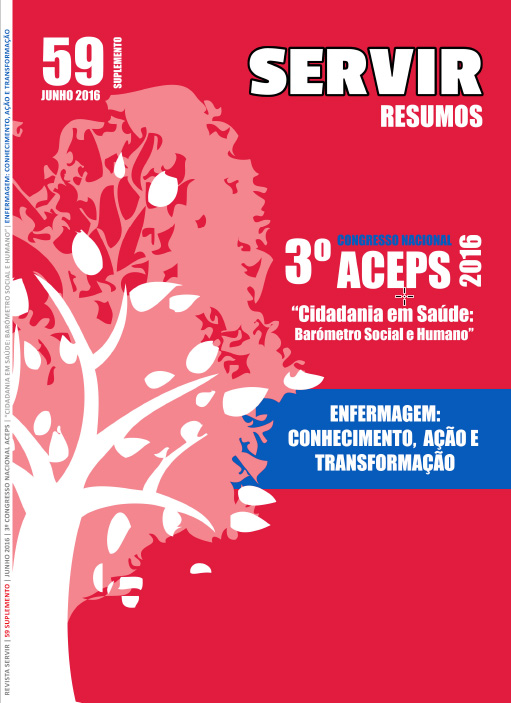Work-related musculoskeletal disorders in nurses
prevalence and determinants factors
DOI:
https://doi.org/10.48492/servir0259.23209Palabras clave:
Lesions, Work, Nurses, Prevalence, Risk, Institutional natureResumen
Introduction
Nurses often work an environment for development of work-related musculoskeletal disorders (WMSDs). This study has focused on describing the prevalence of WMSDs in nurses according to the institutional nature of their providing care, and also analysing the determining factors associated with the prevalence of WMSDs within the nursing class, in order to substantiate the versatile intervention of the nurse specialised in rehabilitation.
Methods
We have conceived a quantitative research study along with a cross-sectional study, and a descriptive/ correlational study with recourse to convenience non- probability sampling composed of 180 nurses, 73.3 % of which are female, 67 % are married, and with an age average of 37.42 (SD=8.84). We have also used a self- completion questionnaire as a data collection tool with the inclusion of a form with social, demographic, family, work, behavioural, and clinical characterisation, and a risk perception measurement of WMSDs occurrence based on adaptation of the Nordic Musculoskeletal Questionnaire (NMQ).
Results
The prevalence of WMSDs on nurses does not display significant statistical differences regarding the institutional nature. However, the number of musculoskeletal conditions is higher on nurses who work under the Public Health System, in comparison to those who work under the private sector, with substantial differences towards the problems experienced within the last 12 months,
3.6 (SD=2.21) versus 2.54 (SD=2.26). Nevertheless, one does verify a higher proportion of WMSDs within female individuals, with ages above 35 years old, married or non- marital partnership, with a degree, and family members under their wing, with a BMI increase and health problems background, with work contract, work experience above 5 years, a fixed schedule, and workload higher than 35 hours. However, those who display a knowledge of the risk perception towards WMDSs development and the use of equipment in the service such as a long spine board, amongst others, display in turn lower proportions of WMDSs.
Conclusions
These results point towards the need to develop new WMDSs prevention strategies, in which the intervention of the rehabilitation nurse is crucial, alongside other multidisciplinary teams.
Descargas
Descargas
Publicado
Cómo citar
Número
Sección
Licencia
No intuito de promover a livre circulação do conhecimento, a Servir funciona em regime de acesso livre (open access). Todo o seu conteúdo está disponível e protegido sob a licença Creative Commons (CC BY 4.0).
A revista permite o auto-arquivo em repositórios institucionais de todas as versões, podendo ficar imediatamente disponíveis.


